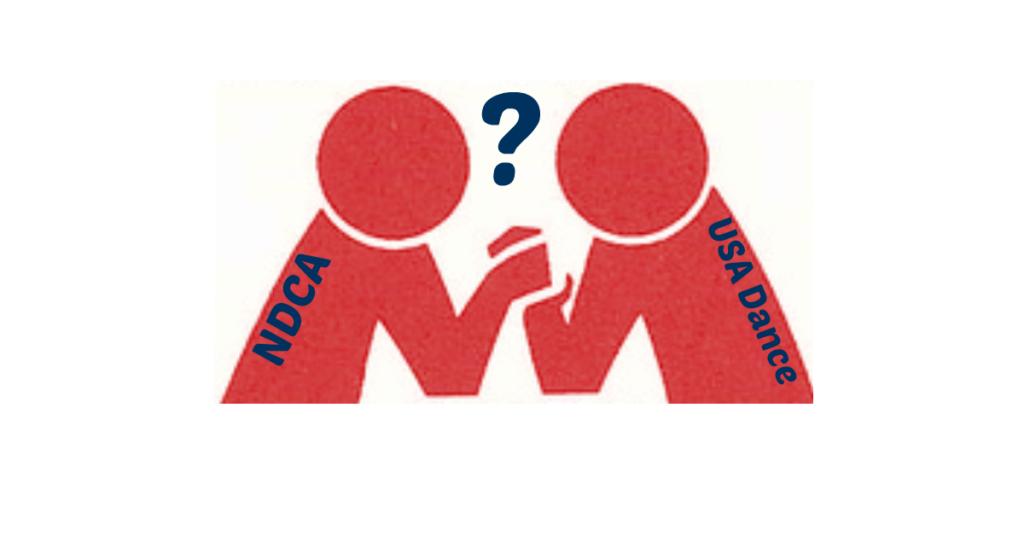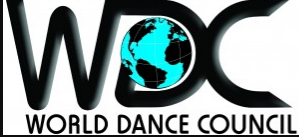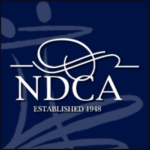 What’s up with the feud between NDCA and USA Dance? The rift is so polarizing you get a different answer depending on whom you ask so I decided to find our for myself. No biased opinion here… no impudent #NotMyGoverningDanceOrganization… just the facts. I promise.
What’s up with the feud between NDCA and USA Dance? The rift is so polarizing you get a different answer depending on whom you ask so I decided to find our for myself. No biased opinion here… no impudent #NotMyGoverningDanceOrganization… just the facts. I promise.
 Believe it or not, the first world championship of ballroom dance took place in 1909. The event was considered unofficial due to a lack of rules and ill-defined, inconsistent protocol for ranking and judging couples. Fast forward to September 22, 1950. A group of folks, compelled by the idea of establishing a set of standards for an official world championship, gathered at a meeting organized by Phillip J.S. Richardson in Edinburgh, Scotland. In doing so, they conceived the International Council of Ballroom Dancing, which would eventually become today’s World Dance Council (WDC).
Believe it or not, the first world championship of ballroom dance took place in 1909. The event was considered unofficial due to a lack of rules and ill-defined, inconsistent protocol for ranking and judging couples. Fast forward to September 22, 1950. A group of folks, compelled by the idea of establishing a set of standards for an official world championship, gathered at a meeting organized by Phillip J.S. Richardson in Edinburgh, Scotland. In doing so, they conceived the International Council of Ballroom Dancing, which would eventually become today’s World Dance Council (WDC).
 In 1957 a distinction was drawn between professional and amateur dancers and the formation of a new governing body, the International Council of Amateur Dancers, ensued. The ICAD sanctioned amateur competitions and served the needs of amateur dancers. After several iterations, it was renamed and is known today as the Word DanceSport Federation (WDSF).
In 1957 a distinction was drawn between professional and amateur dancers and the formation of a new governing body, the International Council of Amateur Dancers, ensued. The ICAD sanctioned amateur competitions and served the needs of amateur dancers. After several iterations, it was renamed and is known today as the Word DanceSport Federation (WDSF).
 Similar efforts to standardize competitive ballroom dance were taking place in the United States. In 1948, the National Dance Council of America (NDCA), originally called the National Council of Dance Teacher Organizations, sprung from a concerted effort to foster cooperation by and among professional dance teachers. This was stimulated in large part by the burgeoning Arthur Murray and Fred Astaire dance studios. It was accepted into the WDC as a member organization in 1962 and has been representing the interests of American dance professionals in worldwide matters since. The NDCA is widely accepted as the authoritative body for professional and pro-am dance in the United States. In addition to sanctioning competitions, the NDCA has been certifying adjudicators and scrutineers since 1973 and holds the exclusive right to choose the judges and competitive couples who represent the United States in all World Professional Championships.
Similar efforts to standardize competitive ballroom dance were taking place in the United States. In 1948, the National Dance Council of America (NDCA), originally called the National Council of Dance Teacher Organizations, sprung from a concerted effort to foster cooperation by and among professional dance teachers. This was stimulated in large part by the burgeoning Arthur Murray and Fred Astaire dance studios. It was accepted into the WDC as a member organization in 1962 and has been representing the interests of American dance professionals in worldwide matters since. The NDCA is widely accepted as the authoritative body for professional and pro-am dance in the United States. In addition to sanctioning competitions, the NDCA has been certifying adjudicators and scrutineers since 1973 and holds the exclusive right to choose the judges and competitive couples who represent the United States in all World Professional Championships.
 USA Dance, originally named the United States Amateur Ballroom Dance Association or USABDA, was organized in 1965 as a byproduct of the charge led by ballroom dance champion, Normand Martin, and a faction of interested amateurs to petition the Olympic Committee to classify ballroom dance as a sport for inclusion in the Olympic games. USA Dance is recognized as the official governing body for DanceSport (a.k.a competitive ballroom dance) by the United States Olympic Committee, the Amateur Sports Act of the United States Congress and the WDSF, of which it has been a member since 1987. USA Dance represents the interests of American amateur ballroom dancers in all matters domestically and internationally.
USA Dance, originally named the United States Amateur Ballroom Dance Association or USABDA, was organized in 1965 as a byproduct of the charge led by ballroom dance champion, Normand Martin, and a faction of interested amateurs to petition the Olympic Committee to classify ballroom dance as a sport for inclusion in the Olympic games. USA Dance is recognized as the official governing body for DanceSport (a.k.a competitive ballroom dance) by the United States Olympic Committee, the Amateur Sports Act of the United States Congress and the WDSF, of which it has been a member since 1987. USA Dance represents the interests of American amateur ballroom dancers in all matters domestically and internationally.
The WDC and WDSF along with their American affiliates set standards, sanctioned competitions and evolved to serve the specific needs of their distinct professional or amateur members. Their relationships were harmonious and mutually beneficial until 1997.
Promoting ballroom dance as an Olympic sport has not been an easy undertaking. After decades of negotiating, the WDSF agreed to numerous stipulations made by the International Olympic Committee, including drug testing of athletes, defining and implementing criteria for a more objective system for adjudication and stringent invigilation. In return, on September 4, 1997, the IOC recognized the WDSF as the official international governing body of competitive ballroom dance. This means only competitors who are members of the WDSF and its affiliate organizations (like USA Dance) would be eligible to represent their countries at the Olympic games, should DanceSport ever be added as an event.
In spite of this IOC decision being a long-awaited victory for the DanceSport community, members of the WDC resented potential exclusion from Olympic competition and after festering for a decade, responded by admitting amateurs and creating their own competitive amateur division. Three years later in 2010, the WDSF retaliated by accepting professional members and likewise creating its own professional division in. Suddenly, both organizations were competing for participation and financial support from the same pool of dancers. The situation became even more contentious when the WDC and WDSF imposed penalties on athletes and judges who supported the opposing organization.
Fortunately, there are currently no repercussions for American dancers who choose to compete in both USA Dance and NDCA sanctioned events. However, in 2014 the NDCA announced it would deny membership renewal to judges, scrutineers and other types of licensed officials who work at non-NDCA events.
 While not specifically targeting USA Dance, the intent was clear. Essentially anyone working a USA Dance event would be kicked out of the NDCA. A handful of judges ignored the announcement, which prompted the NDCA to issue THIS stern signature addendum to the membership renewal application at the end of 2015.
While not specifically targeting USA Dance, the intent was clear. Essentially anyone working a USA Dance event would be kicked out of the NDCA. A handful of judges ignored the announcement, which prompted the NDCA to issue THIS stern signature addendum to the membership renewal application at the end of 2015.
It was an effective, if not a little insidious, method of forcing licensed officials to choose the NDCA’s side in the quarrel. NDCA events are more expensive for competitors than USA Dance events, but they are also much more lucrative for judges, scrutineers, staff and pros. People need to eat, pay their mortgages and buy shoes for their kids, so the mass exodus of judges and officials from the USA Dance circuit is no surprise. Poorly contested Teacher/Student events (the only competitive opportunities USA Dance makes available to professionals), however, has been somewhat of an unexpected consequence. Although pros are not required to pledge allegiance to the NDCA in the same manner as licensed officials, the hostile nature of the signature addendum has left pros reluctant to enter USA Dance Teacher/Student events, in many cases citing fear of negative backlash.
Unfortunately the strained dynamic between the WDC and WDSF has seeped across the pond and THAT is what’s up with the feud between the NDCA and USA Dance.

Ok…wow… thank you SO much for your research and efforts in trying to clarify a very complex situation that is clearly impacting how, when, and where am/am couples should choose to compete. Apparently we are a bit of a minority. But we will persevere and continue on in the name of ballroom dance. After all, without amateurs dance would cease to exist
Chery Lynn, thank you for following The Dancing Housewife. The inability or unwillingness to “play nicely” with one another by the powers that be in the NDCA and USA Dance has befuddled me since The Dancing Doc and I started competing together nearly two years ago. Stay tuned for an opinion piece to follow, in which I will summarize the pros and cons of competing in events sanctioned by each organization. I look forward to your thoughts on that post as well and see you in Chicago!